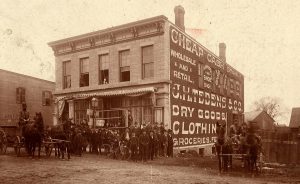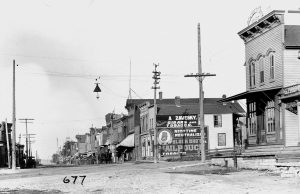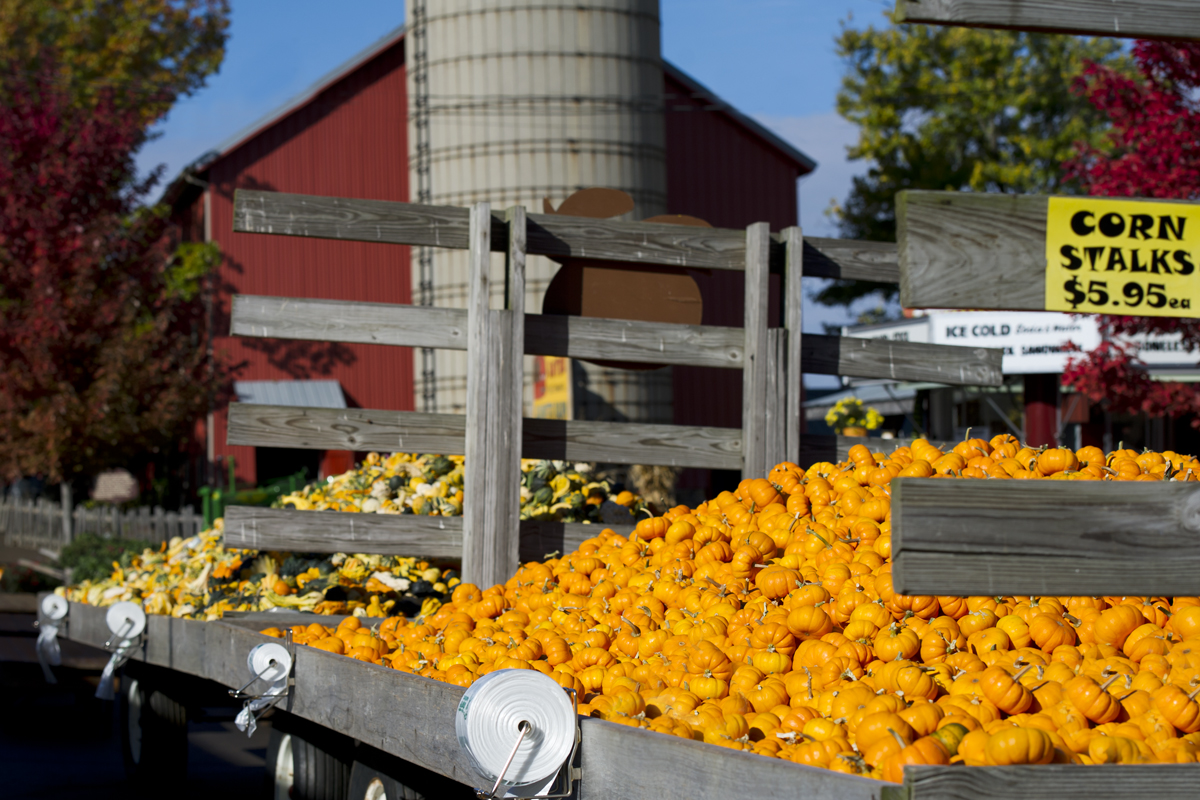History of Lemont & Homer Glen
 Historic Lemont
Historic Lemont
Lemont’s history sets us apart from other communities with a downtown that dates back to the 1800’s with stories of yesteryear that would intrigue even the novice history buff.
The digging of the Illinois & Michigan Canal began in 1836 and attracted the early town pioneers with newly immigrated Irish, German, and Scandinavians, along with French and English Canadian laborers who came looking for a new life. While digging the canal, dolomite limestone was discovered that led to the development of the stone quarries. This became one of the chief building materials used in many landmark buildings, including the Chicago Water Tower, Holy Name Cathedral and the Illinois Capitol building in Springfield.
Now you can explore the Heritage Quarries Recreation Area, a 100-acre nature park to hike, bike, picnic, bird watch, boat and fish, with a 6-mile crushed stone marked trail. Take a guided tour of the quarry area in the spring or fall with the Lemont Historical Society. Call 630-257-2972 for available dates and times.

Main Street lemont, IL looking east taken by Geiger in 1896. Notice Marble City boarding house on right.
Our quaint downtown is on the National Register of Historic Place. Take a guided tour with the Lemont Historical Society (call 630-257-2972) and walk along the streets of the infamous Smokey Row strip, which was wilder than Dodge City back in the bygone days. Pick up a self-guided tour booklet and map at Smokey Row Antiques, 112 Stephen Street, and discover the many preserved historic sites, charming limestone buildings, murals and public art displays.
After your tour, experience the flavors and flair in our many one-of-a kind restaurants ready for any palate. Mingle with the locals at our mix of longtime taverns and pubs. Shop in our distinctive boutiques and quaint shops nestled within late 19th century buildings. And, if you’re up for it, take a tour or have a craft beer at Pollyanna’s Brewing Company. Just relax and enjoy our scene.
For more information on Lemont’s history, please contact The Lemont Historical Society: (630) 257-2972 or lemonthistory.org.
History of Homer Glen
Incorporated April 17, 2001, the Village of Homer Glen is strategically positioned in northeastern Will County, 25 miles southwest of downtown Chicago. Homer Glen is an upscale suburban gem offering a unique blend of open space, beautiful residential developments and vibrant commercial corridors with significant commercial growth potential. The median income in the Village of Homer Glen is over $99,000. Homer Glen is one of Will County's largest municipalities, currently encompassing approximately 22 square miles. Ultimately, the Village has the opportunity to grow to about 25 square miles
Homer Glen is home to a variety of local businesses and nationally recognized brands. Economic development activity is occurring in the Village’s primary east-west oriented commercial corridors of 143rd Street and 159th Street (both roadways have interchanges with Interstate 355) and the north-south oriented connecting arterial, Bell Road.
The State of Illinois and Will County will invest over $200 million in planned road improvements to widen all 3 primary commercial corridors to 4 lanes. These roadway improvements, needed to accommodate projected traffic increases, will further enhance Homer Glen’s attractiveness for development. The Interstate 355 Veteran’s Memorial Tollway South Extension links Interstate 55 south to Interstate 80 on the western edge of the community. The Comprehensive Plan envisions that area for upscale business parks. These business parks are expected to provide job opportunities and help build tax revenues.


